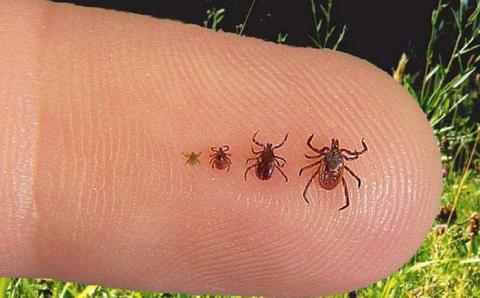Ticks and Protecting against Lyme Disease

The East Shore District is seeing an increase in the number of ticks in 2025. Not only that, but there has been an increase in the percentage of ticks that test positive for Lyme disease and Babesiosis that have been submitted through our office for testing..
The Connecticut Agricultural Experiment Station is reporting that last fall, there was a significant increase in acorns. This has had a direct impact on wildlife such as rodents and deer. Mice, a common carrier of Lyme disease and a well-known host for ticks, often see their populations multiply with an abundance of acorns.
The health department assists the community by sending ticks to the Agricultural Experiment Station for testing. We ask that our residents carefully remove the tick by using a pair of tweezers and pulling straight up off the skin, and then place it in a plastic zip-lock bag. Do not squish the tick while it is lodged in your body, as that can disperse pathogens into your skin. Once the tick is secured, bring it to our office at 688 East Main St. in Branford. For a small fee, we will send it to the Connecticut Agricultural Experiment Station in New Haven. There, it will be positively identified and tested to see what diseases it may be carrying.
Some ideas to reduce your risk of getting tick bites are as follows:
• Check yourself for ticks after being outdoors or after interacting with pets that have been outdoors.
• Use bug repellent containing DEET when recreating or working in wooded areas.
• Wear long pants and long-sleeved shirts
• When going into your home after being outside in the garden or woods, take a shower and scrub with a loofah. It typically takes 24 hours of being attached for a tick to transmit disease.
Anyone who experiences a tick bite should monitor their symptoms and send the tick to their municipal health department. If you feel symptoms, please see your healthcare provider.
